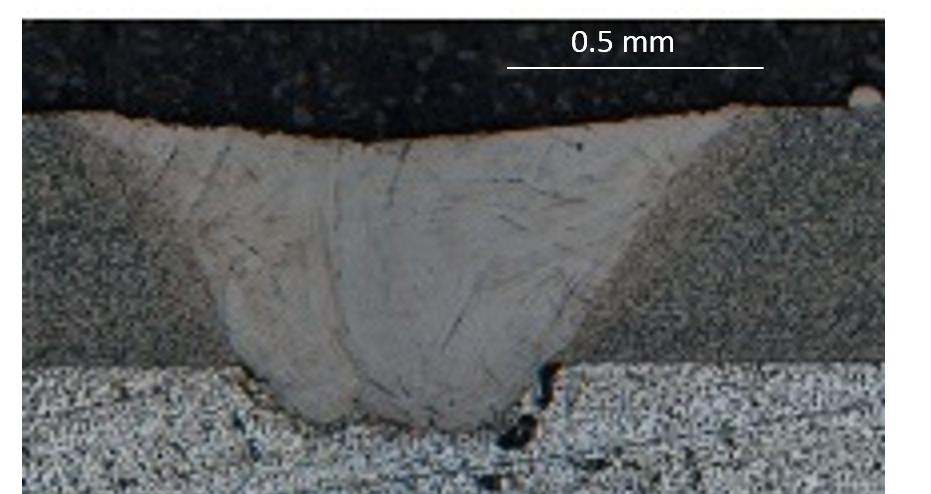Control of residual stress and failure mechanisms for cold spray and laser-assisted cold spray – Mr Laurent Michaux
Introduction
Many techniques such as peening and heat treatments are used to post process metallic coatings. Such treatments provide a number of advantages such as protection against corrosion or abrasion, increasing the lifetime of a component.
The interaction of a laser beam with a material is capable of permanently modifying the materials properties, such as its crystalline structure, morphology or stress state. Using a laser it is possible to transfer a large amount of controlled energy into a material in a precise region at the surface, over a short time scale.
Motivation
Stress has been identified as having a significant impact on the deposited coating and an area which requires greater control. The coating through thickness stress profile can be affected by variables such as material choice, surface preparation and deposition methods. The magnitude of the resultant stress has a significant impact on the deformation and delamination of the coating. This can reduce the lifetime of the coating leading to early failure.
Cold spray and laser-assisted cold spray are coating technologies that would benefit greatly from greater control of stress and failure mechanisms.
Aims
This project is currently investigating methods for the treatment of metallic coatings using laser based processes for the purpose of controlling stress and coating failure.
Ongoing work
Work was undertaken to investigating a technique using a high energy pulsed laser to induce changes in metallic coatings through the laser-material interaction. The LaserForge™ process was identified as a suitable candidate for investigation. Work was done to understand the laser-material interaction required using a high energy pulsed laser, experimental parameters were identified and it was found that a melt based process was required.
The issue of stress will be addressed by understanding and modifying the stresses in the coating using a laser to control heat to the surface in order to induce the desired final stress in the coating. This process can be done in or post process. Higher quality coatings with greater control will therefore be possible.
The failure mechanisms of deposited metallic coatings are also being investigated with the aim of increasing deposited coating resistance to delamination and complete failure. This will increase the lifetime and performance of the coating under demanding applications.
This PhD is being undertaken at the Institute for Manufacturing, University of Cambridge under the supervision of Prof Bill O’Neill and Dr Martin Sparkes.
Outputs
Posters
Michaux, L. (2014). Laser detonation enhanced supersonic metallic coatings, EPSRC Centre in ultra Precision Mid-Term Review, 20 May 2014, Cranfield University.
Digital Media
Michaux, L. (2015). Laser based processing for metallic coating enhancement, PhD project video produced for an informal Centre competition in 2015.



